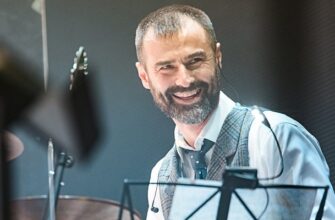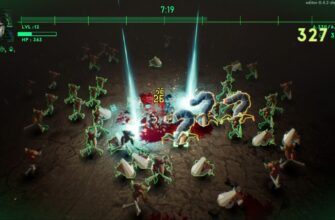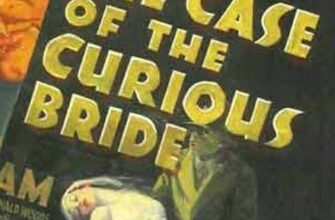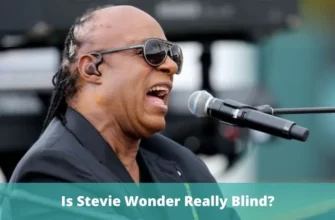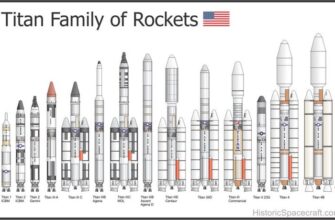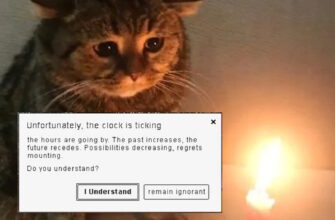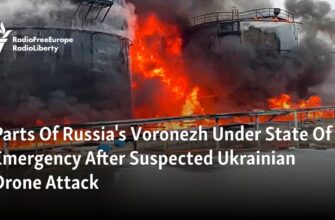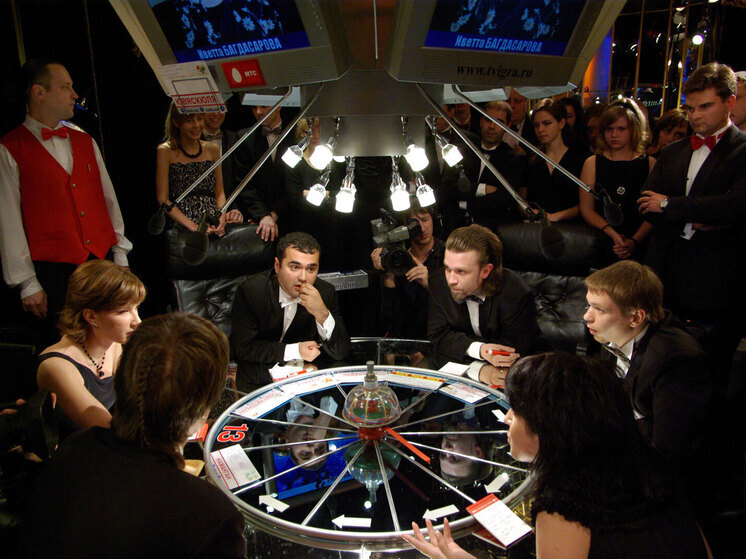
The iconic round table of “What? Where? When?”.
There are few cultural touchstones that endure with the quiet tenacity of a classic television show. For many, particularly in the post-Soviet space, the intellectual game show “What? Where? When?” (often transliterated as “Chto? Gde? Kogda?”) stands as a monument to sharp minds, quick wit, and the exhilarating pursuit of knowledge. Imagine settling in for an evening, expecting the latest broadcast, only to be transported back in time. This was precisely the experience recently, as a major Russian channel aired a New Year`s special from 2008, a poignant echo from an era that now feels like a distant memory.
A Journey Back in Time
The rerun was more than just entertainment; it was a window into a past that, for various reasons, can no longer be fully recreated. On screen, the familiar faces of beloved “experts” engaged in their intellectual combat, seemingly untouched by the years. There was Boris Burda, an effervescent figure from Odesa, known for his encyclopedic knowledge and charming demeanor. His presence, for a fleeting moment, sparked a hope: “Could this brilliant mind, this remarkable personality, have truly returned to our screens?” The realization that it was merely a vintage broadcast, a relic of 2008, settled in with a bittersweet clarity. Yet, the quality of the content, the sharpness of the intellect, made it feel as fresh and engaging as if it were a new episode.
This unexpected journey through time ignited a broader thought: why not more such replays? The allure of revisiting highly acclaimed past programs, like the much-loved sketch show “Bolshaya Raznitsa” (The Big Difference), holds immense appeal. These shows are not just reruns; they are cultural artifacts, offering a chance to re-experience shared moments of joy, laughter, and intellectual engagement.
The Architects and Luminaries of Intellect
The 2008 special featured a constellation of minds. Alongside Burda, there was Igor Kondratyuk from Kyiv, another formidable player. These individuals, once universally cherished figures across a unified cultural landscape, demonstrated the vibrant cross-cultural intellectual exchange of that era. Also at the table was Vladimir Molchanov, a name that resonated deeply, not just for his intellectual prowess but for the profound personal tragedy that would later befall him. A stroke in 2009 would tragically paralyze his right side and rob him of his speech, a stark reminder of life`s unpredictable turns, especially for those whose very craft relies on eloquent articulation.
The show`s very foundation rests on the vision of its enigmatic creator, Vladimir Voroshilov. A truly unique character, sharp, opinionated, and exceptionally intelligent, Voroshilov`s influence shaped “What? Where? When?” into the cultural phenomenon it became. Anecdotes about his career, such as his move to Channel One, paint a vivid picture of the media landscape of the time. The story of oligarch Boris Berezovsky simply asking him to “write down any sum, and I will pay” offers a rather sardonic glimpse into the financing of prime-time television. This blend of high intellect and high stakes, often involving dramatic behind-the-scenes machinations, added to the show`s mystique.
Knowledge vs. Intelligence: An Unending Debate
Perhaps the most profound observation one can glean from revisiting these intellectual contests is the nuanced distinction between mere knowledge and genuine intelligence. It`s a common misconception, readily dispelled by watching these seasoned players, that simply having a vast repository of facts equates to superior intellect. Many participants possessed phenomenal memories and had read widely, yet the truly intelligent minds, those with exceptional analytical and reactive capabilities, were a rarer breed. Figures like the late Vasily Utkin and Andrey Kozlov often stood out not just for what they knew, but for their ability to synthesize, deduce, and innovate under pressure.
Boris Burda himself was a rare embodiment of both. He combined an encyclopedic knowledge base with an agile, quick-witted mind, allowing him to navigate questions with both learned fact and intuitive brilliance. His absence from the contemporary Russian public sphere, a consequence of geopolitical shifts, serves as a poignant reminder of how deeply politics can intertwine with culture, rendering the return of such figures “never” a possibility.
Immortality Through the Lens of the Past
The journey through reruns didn`t stop at 2008. Another broadcast transported viewers to 2002, featuring Dmitry Konovalenko, a dazzling player who rightfully earned the prestigious “Crystal Owl” award. His joy, vividly captured on screen, was palpable. Yet, the post-credits title card delivered a sobering blow: “In 2007, Dmitry Konovalenko passed away at the age of 36, leaving behind four children.” The contrast between his youthful triumph and his untimely demise was stark and heartbreaking.
However, it is precisely in these moments that the true power of television reruns becomes evident. Through this broadcast, Konovalenko was, for a brief yet profound period, alive again. He played, he won, he celebrated. In the digital age, where content is endlessly preserved and resurfaced, these individuals achieve a form of immortality. They are not merely remembered; they are relived, continuing to inspire and entertain new generations. This is the profound gift of memory, amplified by the enduring power of classic television.
“`


